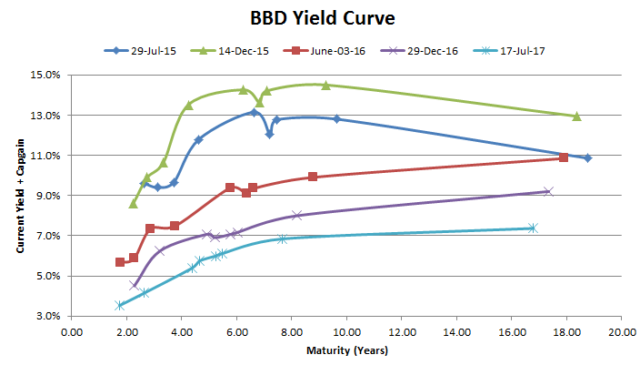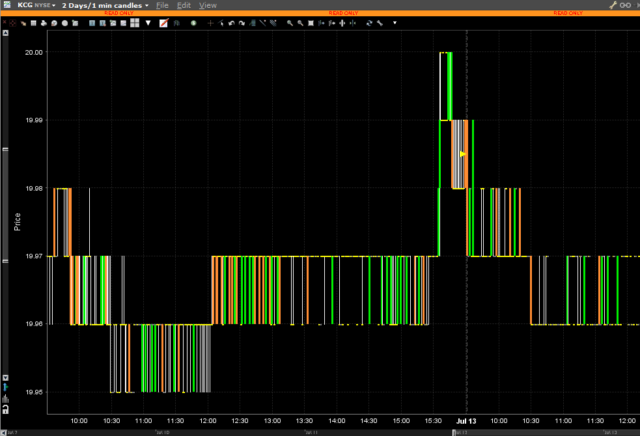(Update, July 20, 2017: FYI, Genworth MI reports the next quarter on August 1, 2017)
While Home Capital was going through their issues, I had neglected to report on Genworth MI’s Q1-2017 report.
It was a quarter for the company that was about as good as it gets – their reported loss ratio was significantly lower than expected (15%) and well below expectations. The number of delinquent loans creeped up slightly (2,070 to 2,082) but the loss ratio was the highlight for the quarter. Most of the increase in delinquencies occurred in Nova Scotia and Manitoba.
Portfolio insurance written was also higher than I would have expected ($38 million), but this was due to the completion of paperwork received at the end of Q4-2016. I would not expect this to continue in future quarters.
The geographical split of insurance has not changed that much – Ontario continues to be 48% of the business, while BC/AB is 31% and QC is 13%. Half of the transactional insurance business continues to be at the 5% down-payment level.
Book value continues to creep up, now to $40.42/share. Minimum capital test ratio is 162%, slightly above management’s 157% holding level, and as long as this number is between 160%-165%, management is not going to take any capital actions (i.e. special dividends or share buybacks), although I will note some insiders did purchase shares earlier in the quarter.
The market reaction to the quarterly report was initially very good, but I suspect short sellers decided it was a good time to continue putting pressure on the stock. It got all the way down to $30.50 before spiking up to $38 and now has moderated to $34.70/share, which is a 14% discount to book.
Looking ahead to Q2’s report, my expectations are a more moderate outlook – the loss ratio should creep up to 25% again, and management should be noting that Ontario’s actions to curb foreign property speculation have had an impact on the local residential market. In relation to mortgage insurance, however, if people continue paying their mortgages (they are employed), ultimately real estate pricing does not matter. I think a lot of market participants have failed to make that distinction.
The other question is the impact of increasing interest rates – this will certainly have an impact on the short-term investment portfolio of MIC – including small unrealized capital losses on short-term debt. This will more than likely be offset by gains in their preferred share portfolio, which totalled $456 million on March 31, 2017.
Price-wise, the company is currently too cheap to sell and too expensive to buy. I’ll continue collecting my dividends.


